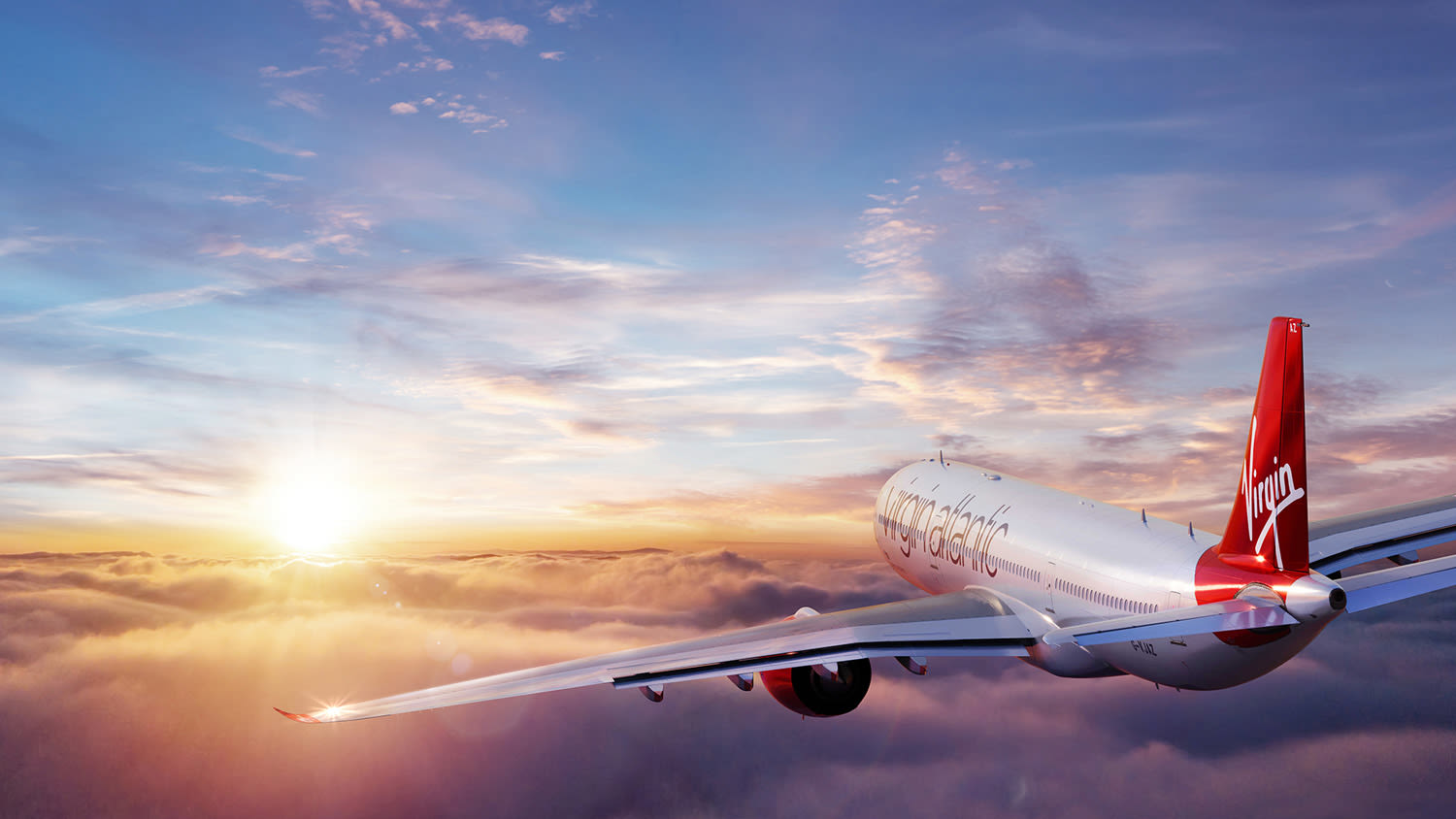August 14, 1912: the impact of coal on climate very clearly put
A friend of mine sent me a newspaper clipping that explained the impact of fossil fuels on the climate in the most simple and straightforward way. The newspaper was dated August 14, 1912.
The clipping said: “The furnaces of the world are now burning about 2,000,000,000 tons of coal a year. When this is burned, uniting with oxygen, it adds about 7,000,000,000 tons of carbon dioxide to the atmosphere yearly. This tends to make the air a more effective blanket for the earth and to raise its temperature. The effect may be considerable in a few centuries.”
As we now know, this greenhouse effect hasn’t taken centuries, but decades. However, some remain sceptical about climate change and the role that fossil fuels play. The fossil fuel industry has used all its power to cast doubt on the science, and has caused a great deal of harm by failing to embrace climate solutions as much as it can, and must. But this journalist from over 100 years ago clarifies the now very strong science in a few short lines. If we know anyone who doubts the existence or impact climate change, it’s still always worth a conversation, and this explanation might help them understand.
We need to all credit the science if we want to make a difference. I know we have a huge role to play across the Virgin Group, and we’re working hard to reduce our carbon footprint. Virgin Atlantic is a good example, as it has invested billions into becoming the cleanest and youngest twin engine fleet in the sky. In fact, its entire fleet now consists of twin engine aircraft. For years, the airline has also been pushing the development of sustainable aviation fuels and is investing in some ground-breaking research, innovation and new technologies that will help it achieve its net-zero target.
We also owe a lot to the growing number of people around the world working on all aspects of climate: from the science to solutions. We’re investors in several major funds such as Breakthrough Energy Ventures, TPG Rise Fund and several others that are backing some really exciting companies so they can scale their solutions for the world and, in turn, help us address our own climate impacts across the Virgin Group.
Another investment we’ve made is in BMR Energy – which is bringing clean energy to the Caribbean. BMR currently operate wind and solar projects in the US Virgin Island, Guatemala, Jamaica, the Cayman Islands, and Costa Rica. What makes me particularly excited about BMR is the blueprint it gives the rest of the world in transitioning to clean energy.
The ocean and coastal ecosystems play a critical role in tackling the climate crisis. This is why we launched Ocean Unite, to protect at least 30 per cent of the ocean by 2030 – a target now supported by more than 100 countries and backed by billions of dollars in pledges. Ocean Unite has now become the Ocean Risk and Resilience Action Alliance, which focuses on driving investment into work which protects the ocean and improves coastal resilience.
By understanding the immense scale of the climate crisis, I am reminded to do even more to address it. I’m reminded of my gratitude to all the brilliant climate activists, innovators, founders, negotiators, practitioners and scientists out there, the further work many businesses around the world – including us at Virgin – still have ahead, and the responsibility we all have. For anyone we might know who is still doubting the causes of climate change, hopefully this simple messaging from over a century ago can help.




